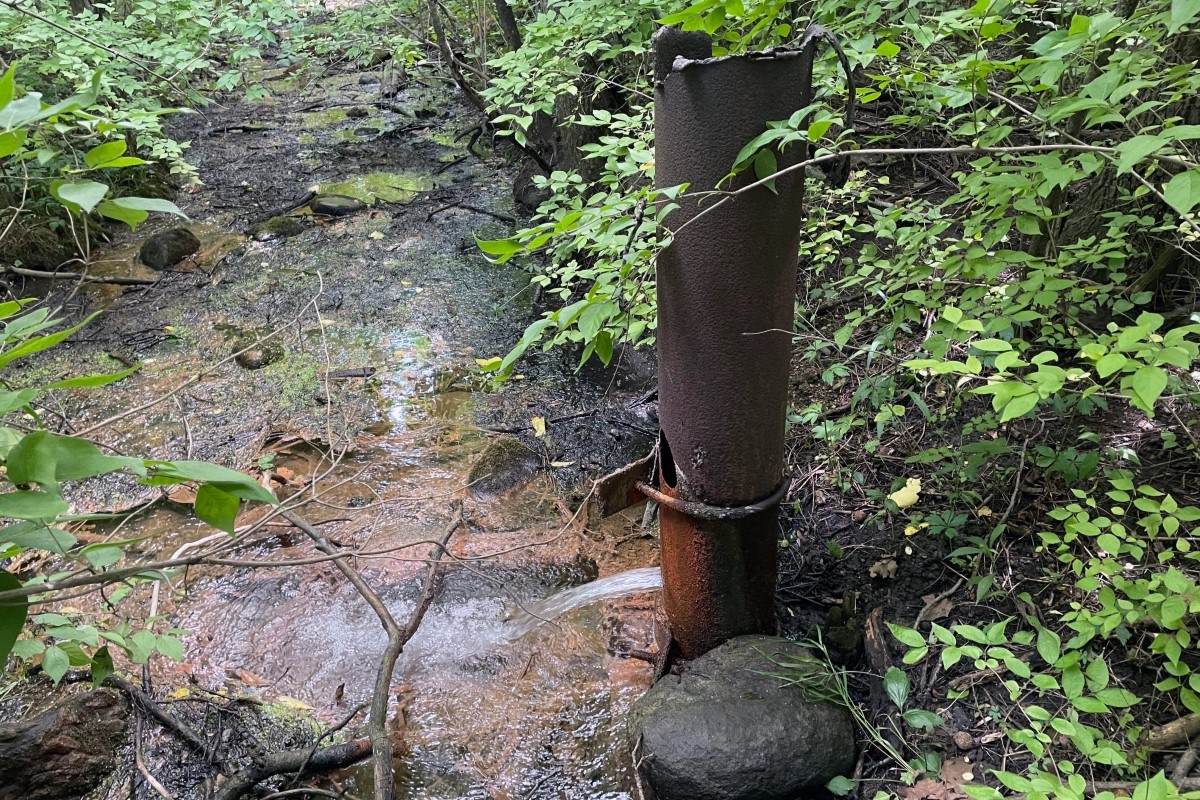Hidden Artesian Wells Of The Great Plains

Have you ever wondered about the hidden treasures beneath the Great Plains? Artesian wells are one of those secrets. These natural water sources have fascinated explorers and locals alike for centuries. Unlike regular wells, artesian wells tap into pressurized aquifers, causing water to flow naturally to the surface without pumping. This makes them a reliable and sustainable water source, especially in remote areas. Imagine stumbling upon a spot where water gushes out of the ground, pure and fresh. Intrigued? Let’s dive into the world of artesian wells and uncover why they are so special.
Hidden Artesian Wells of the Great Plains
The Great Plains, stretching across the heart of North America, hold secrets beneath their vast prairies. Among these secrets are hidden artesian wells, natural springs that bring water to the surface without the need for pumps. These wells have been vital for settlers and wildlife alike. Let's uncover some of these hidden gems.
1. South Dakota's Black Hills
The Black Hills of South Dakota, known for their rugged beauty, also hide some remarkable artesian wells. These wells have been a lifeline for the region's inhabitants.
- Hot Springs: This town is famous for its warm, mineral-rich waters. The artesian wells here have been a draw for visitors seeking therapeutic baths.
- Wind Cave National Park: Not only does this park boast one of the longest caves in the world, but it also has artesian wells that provide fresh water to the park's wildlife.
- Custer State Park: This park is home to several artesian wells that support its diverse ecosystem, including bison, elk, and pronghorn.
2. Nebraska's Sandhills
Nebraska's Sandhills, a unique region of mixed-grass prairie, are dotted with artesian wells. These wells are crucial for both agriculture and wildlife.
- Valentine National Wildlife Refuge: This refuge, located in the heart of the Sandhills, relies on artesian wells to maintain its wetlands, which are vital for migratory birds.
- Dismal River: The Dismal River area has several artesian wells that provide water for cattle ranching, a key industry in the region.
- Halsey National Forest: This man-made forest, the largest in the United States, benefits from artesian wells that help sustain its trees and wildlife.
3. Kansas' Flint Hills
The Flint Hills of Kansas, with their rolling terrain and tallgrass prairie, also harbor hidden artesian wells. These wells have been essential for the region's ranching heritage.
- Tallgrass Prairie National Preserve: This preserve protects one of the last remaining tallgrass prairies in North America, and its artesian wells are crucial for maintaining the prairie ecosystem.
- Council Grove: This historic town, once a key stop on the Santa Fe Trail, has artesian wells that have provided water for travelers and residents for centuries.
- Konza Prairie Biological Station: This research station, managed by Kansas State University, uses artesian wells to study the prairie ecosystem and its water needs.
4. Oklahoma's Great Salt Plains
Oklahoma's Great Salt Plains, known for their unique salt flats, also have hidden artesian wells. These wells are vital for the area's wildlife and agriculture.
- Great Salt Plains State Park: This park, famous for its selenite crystal digging, relies on artesian wells to provide fresh water for visitors and wildlife.
- Salt Plains National Wildlife Refuge: This refuge, home to a variety of bird species, uses artesian wells to maintain its wetlands and salt flats.
- Alfalfa County: This county, which encompasses much of the Great Salt Plains, has numerous artesian wells that support its farming and ranching communities.
5. Texas' Llano Estacado
The Llano Estacado, or "Staked Plains," of Texas is a vast, flat region that hides artesian wells beneath its surface. These wells have been crucial for the area's development.
- Lubbock: This city, a hub of the region, has several artesian wells that provide water for its residents and industries.
- Muleshoe National Wildlife Refuge: This refuge, the oldest in Texas, relies on artesian wells to maintain its playa lakes, which are essential for migratory birds.
- Caprock Canyons State Park: This park, known for its stunning red rock formations, has artesian wells that support its diverse wildlife, including the Texas State Bison Herd.
Hidden Artesian Wells of the Great Plains
Hidden artesian wells of the Great Plains offer a unique glimpse into nature's wonders. These natural water sources, often overlooked, provide vital resources for both wildlife and humans. Visiting these wells can be a refreshing experience, connecting you with the land's history and natural beauty.
Exploring these hidden gems can also be educational. Learning about the geology and hydrology of artesian wells helps us appreciate the delicate balance of ecosystems. Whether you're a nature enthusiast, a history buff, or just someone looking for a peaceful retreat, these wells have something to offer.
Next time you're in the Great Plains, take a moment to seek out these hidden treasures. You'll find more than just water; you'll discover a deeper connection to the land and its stories. Hidden artesian wells are truly a remarkable part of our natural heritage.

